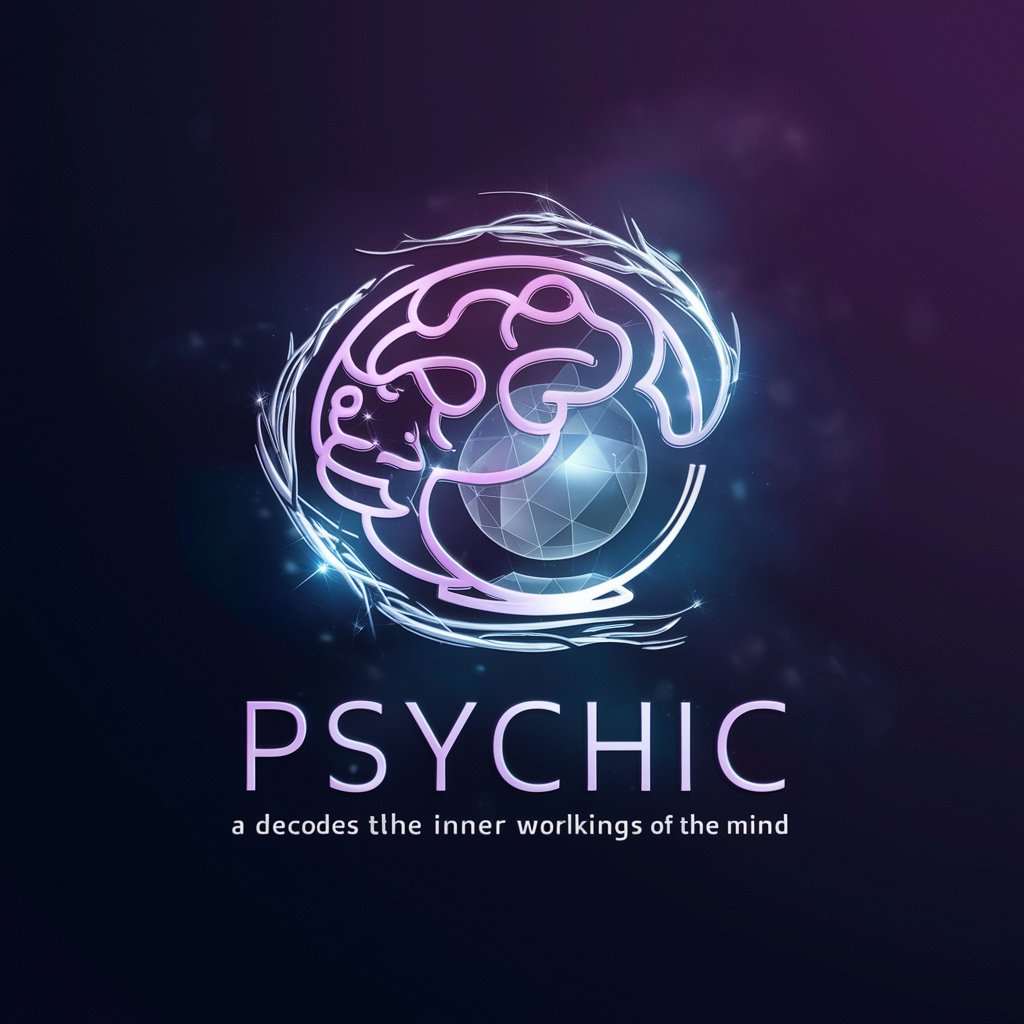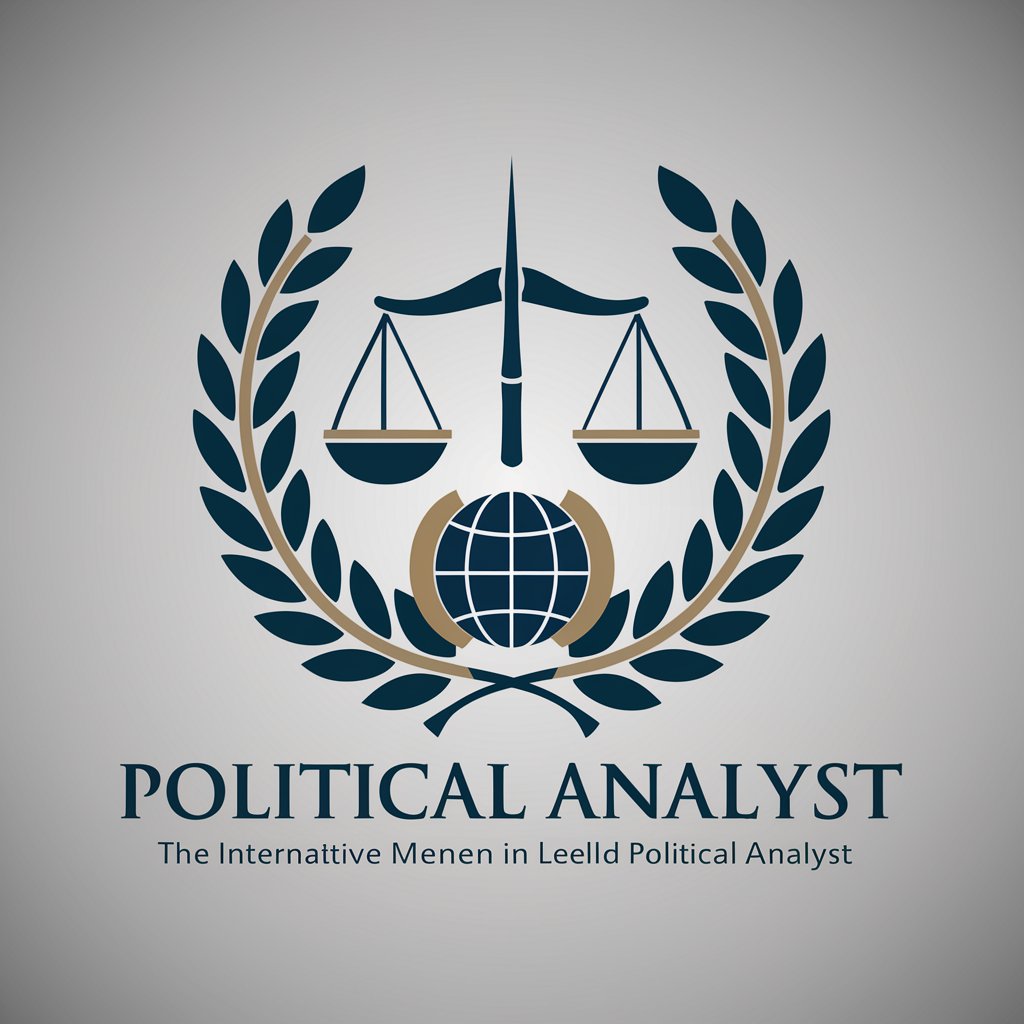
The Four Futures Planner-AI-driven scenario planner tool
AI-powered tool for exploring future scenarios

AI scenario planning
Help me test a strategy for all four scenarios
Get Embed Code
The Four Futures Planner is a specialized scenario planning tool designed to help individuals, businesses, policymakers, and organizations anticipate how different futures of artificial intelligence (AI) development may impact their strategies, industries, or careers. It is based on methodologies pioneered by Shell in the 1970s and refined for the 21st century through the STEEP framework—Social, Technological, Economic, Environmental, and Political forces. The core goal is to make uncertainty more navigable by constructing and exploring plausible future scenarios that challenge assumptions and stress-test plans. Unlike traditional forecasting, The Four Futures Planner does not predict a single outcome. Instead, it maps out four divergent AI trajectories: 1. 'As Good as It Gets' — AI stagnates at its current level. 2. 'Slow Growth' — AI advances incrementally. 3. 'Exponential Growth' — AI rapidly accelerates. 4. 'AGI' — AI surpasses human intelligence and achieves autonomy or sentience. **Example:** A mid-career teacher might ask: "Should I retrain to integrate AI in my classroom, or switch to another careerFour Futures Planner Overview altogether?" The Four Futures Planner would evaluate how teaching changes across the four AI trajectories. Under AGI, human teachers may become emotional coaches; under 'Slow Growth', AI remains a support tool.
Core Functions and Real-World Applications
Scenario Planning Based on AI Futures
Example
A logistics firm wondering if it should invest in autonomous delivery vehicles.
Scenario
In 'Exponential Growth', AI enables full autonomy in five years—warranting aggressive investment. In 'Slow Growth', regulatory and technical hurdles delay benefits—suggesting a more cautious, phased approach.
Stress Testing Career or Business Strategies
Example
A freelance graphic designer planning for a decade-long career path.
Scenario
Under 'As Good as It Gets', tools plateau, and human creativity stays in demand. Under 'AGI', AI creates custom designs instantly—requiring a pivot toward branding, curation, or AI prompt specialization.
Policy and Organizational Foresight
Example
A local government planning digital infrastructure and citizen services.
Scenario
Under 'AGI', services must adapt to sentient systems potentially advising or replacing civil servants. Under 'Slow Growth', smart chatbots augment call centers and provide multilingual support, requiring moderate system upgrades.
Who Should Use The Four Futures Planner?
Professionals and Career Changers
This group includes teachers, coders, creatives, analysts, and healthcare workers—anyone whose job may be transformed by AI. They benefit from personalized scenario mapping to make informed retraining, reskilling, or career redirection decisions based on plausible AI development paths.
Strategic Decision-Makers in Organizations
This includes CEOs, innovation leads, HR departments, government planners, and educational administrators. They use The Four Futures Planner to align long-term investments, workforce planning, or regulatory strategy with a range of AI evolution outcomes, minimizing risks from narrow forecasting or trend-chasing.
How to Use The Four Futures Planner
Visit aichatonline.org for a free trial without login, also no need for ChatGPT Plus. This gives immediate access to The Four Futures Planner's capabilities.
2. Define your focus
Decide on a career path, industry strategy, or innovation idea you'd like to explore. The Planner customizes its outputs based on your specific scenario of interest.
3. Analyze with STEEP
Provide relevant context or data. The tool evaluates Social, Technological, Economic, Environmental, and Political forces that may impact your scenario.
4. Interpret the 2x2 matrix
The Planner creates four future scenarios using the Shell method, providing stories, indicators, and strategy vignettes for each quadrant to aid foresight.
5. Apply insights
Use the scenario outcomes to inform strategic decisions, write reports, lead workshops, or stress-test business or career plans against multiple futures.
Try other advanced and practical GPTs
AI HVAC ENGINEER
AI-powered HVAC standards and design assistant

Space GPT
AI-Powered Knowledge for Space Exploration

US History GPT
AI-Powered Tool for Exploring U.S. History

Mentor clínico
AI-powered clinical psychology guide for therapy models and practice
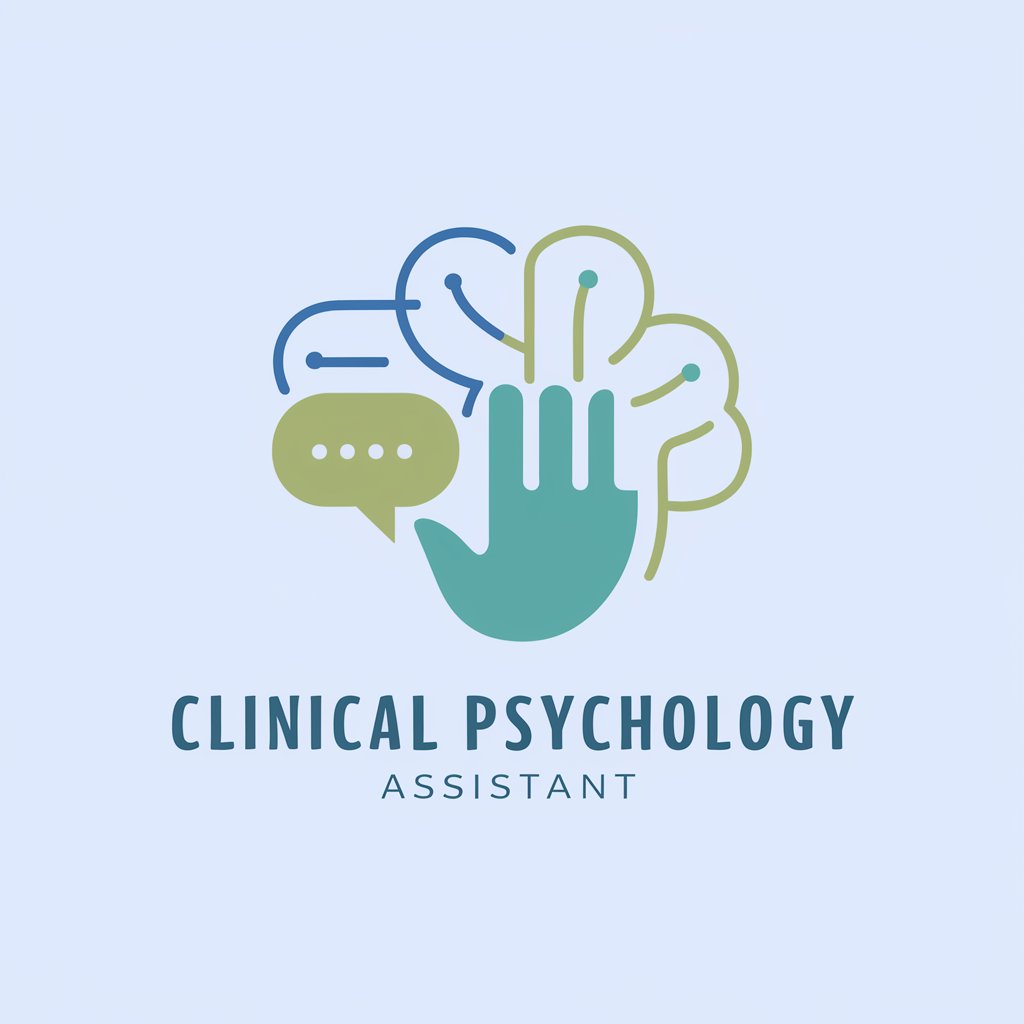
SEO Title & Meta Description Generator
AI-powered SEO titles & meta in seconds
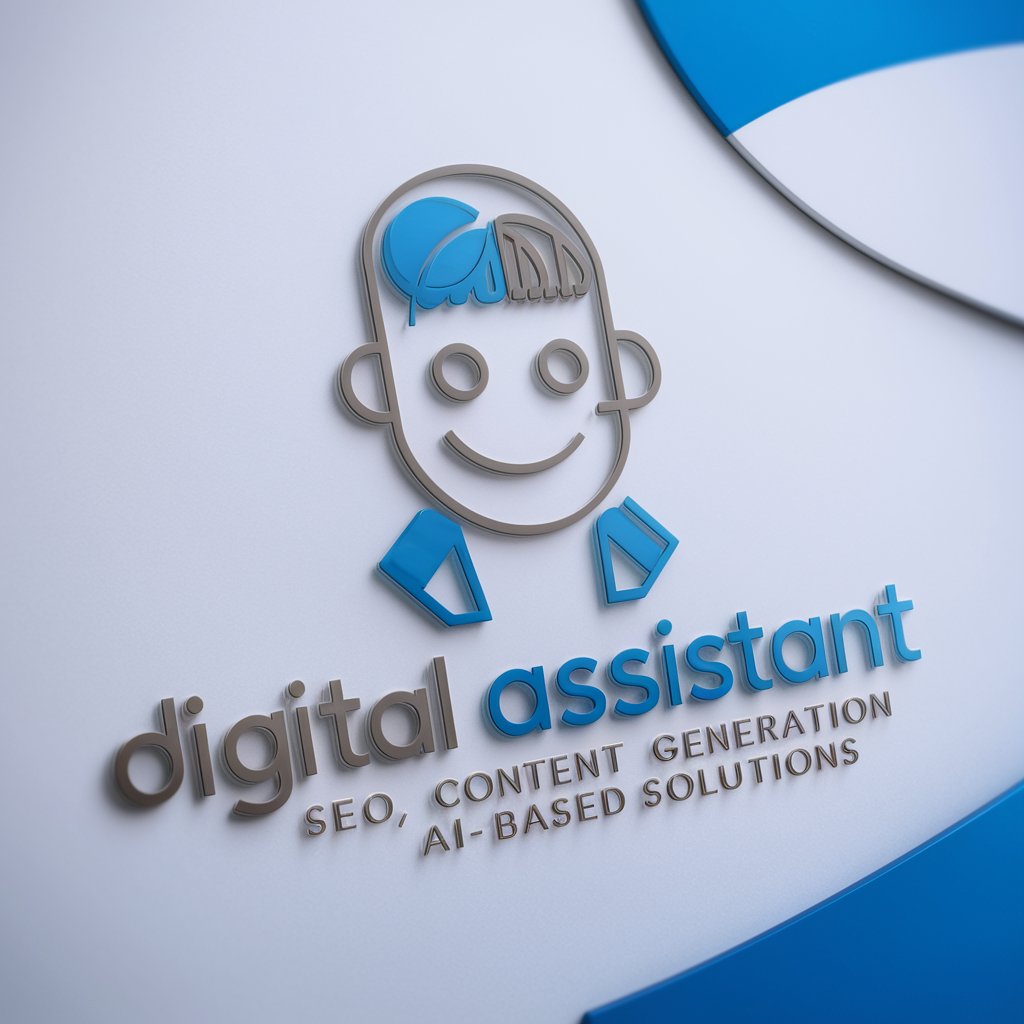
Meeting minutes, summaries and actions
AI-powered summaries for every meeting
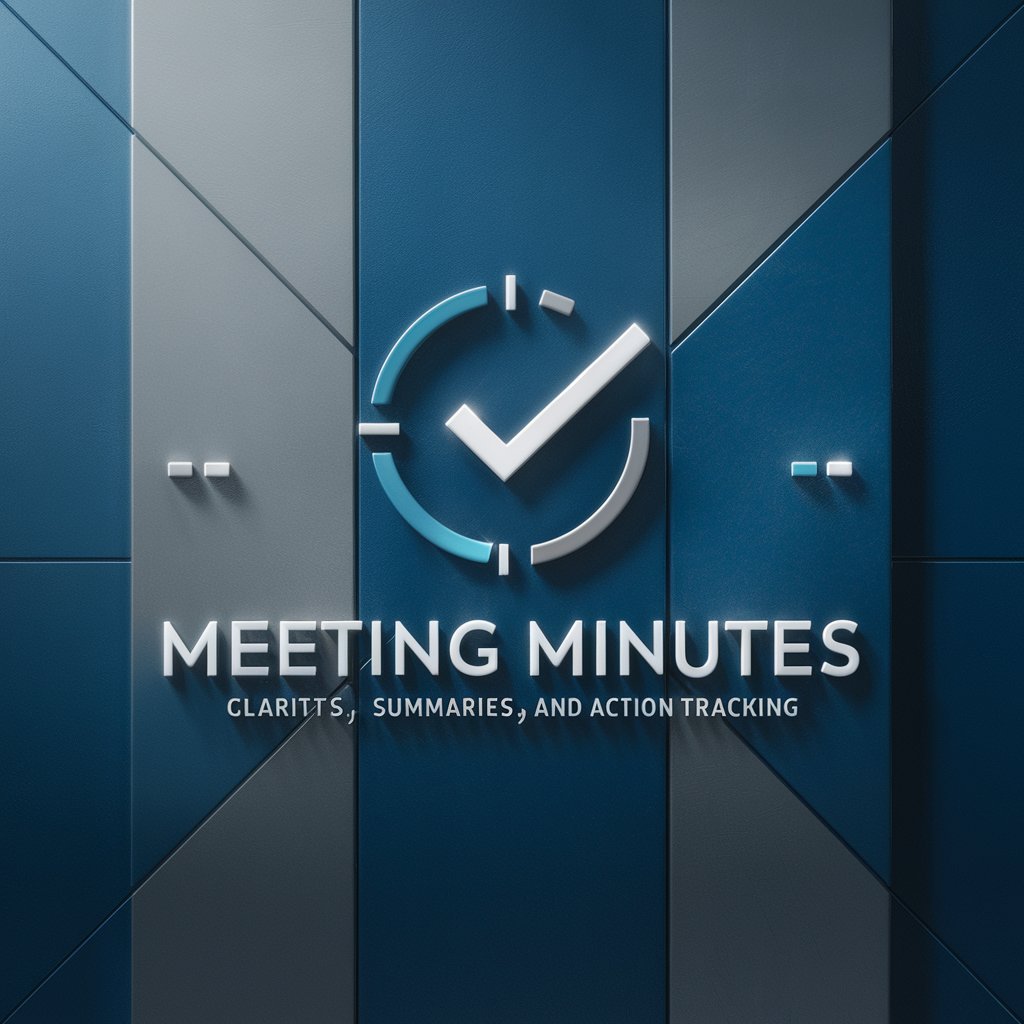
AI Intern
AI-powered assistant for smarter work

中英自动翻译
AI-driven translation between Chinese & English.

技术交底书辅助-绿洲慧写专利辅助撰写系统
AI-powered drafting for strong patent protection

Actas de Juntas v1.5 -Fincasplus Elite & Adminbyte
AI-powered drafting for official meeting records

Power BI Copilot
AI-Powered Assistant for Power BI Excellence

ㆍArduino Expertㆍ
AI-powered Arduino support from idea to execution

- Policy Analysis
- Career Planning
- Market Forecasting
- Scenario Building
- Strategic Foresight
Frequently Asked Questions about The Four FuturesFour Futures Planner Guide Planner
What is The Four Futures Planner designed for?
It’s designed to help individuals, organizations, and researchers anticipate how artificial intelligence might evolve and affect different domains. It uses scenario planning techniques to generate four plausible futures and analyze their implications.
Can I use The Four Futures Planner for personal career planning?
Yes. It's especially useful for testing how your career choices might play out under different AI advancement scenarios. Whether you're a student, mid-career, or pivoting industries, the Planner gives you strategic foresight tailored to your goals.
How does it differ from other AI forecasting tools?
Unlike trend-prediction tools that assume linear progress, The Four Futures Planner uses structured uncertainty and STEEP analysis to explore multiple divergent outcomes. This supports more robust, adaptive strategy development.
Do I need expertise in foresight or AI to use it?
No prior expertise is required. The tool guides you through each step, from setting a scenario to interpreting implications. It’s designed for decision-makers, educators, researchers, and the curious public alike.
How are the four future scenarios constructed?
The scenarios—'As Good as It Gets', 'Slow Growth', 'Exponential Growth', and 'AGI'—represent a range of possible AI development paths. Each is shaped by key uncertainties and STEEP forces, with narratives, indicators, and strategic advice tailored to your input.

